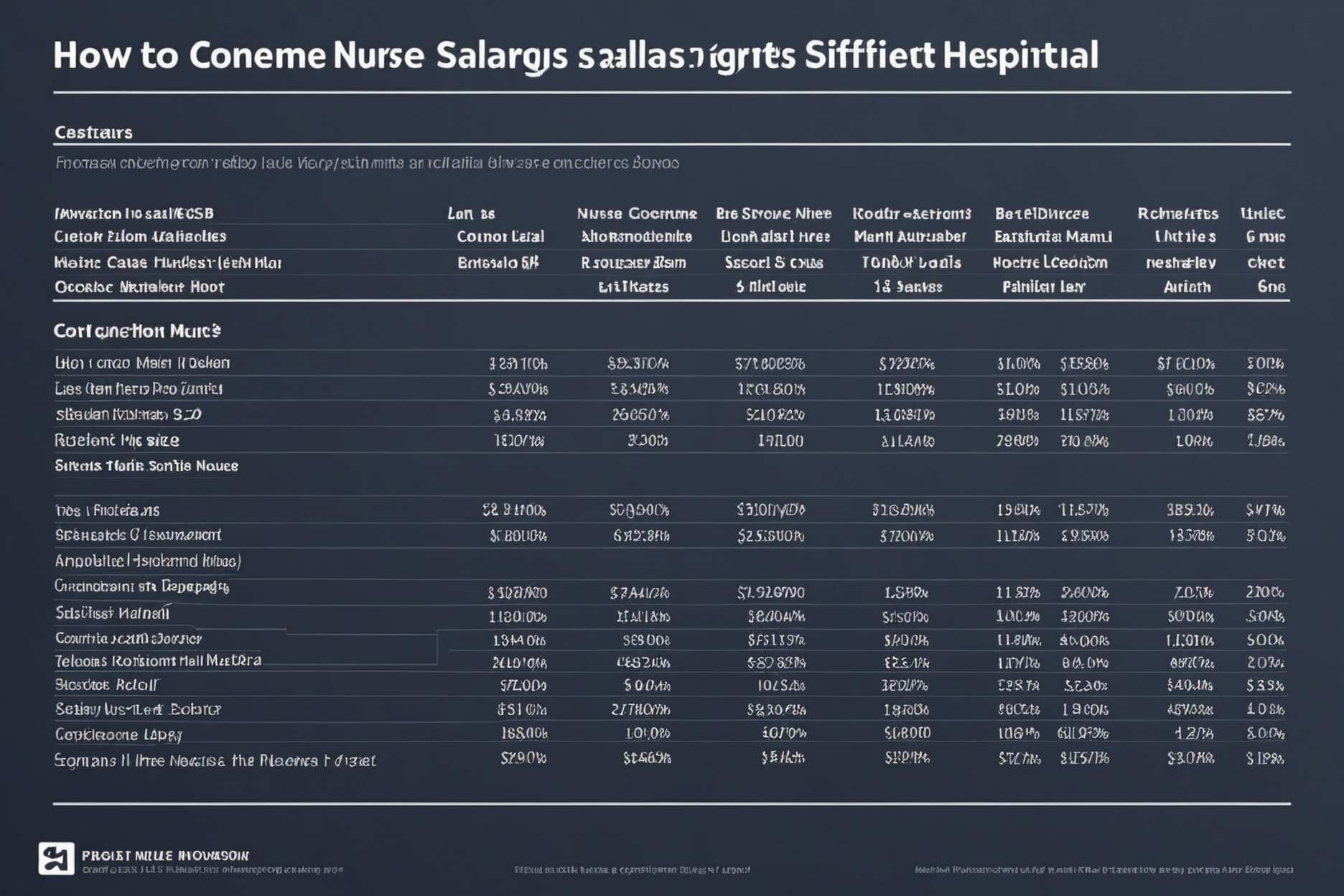
By Steve Gorman and Joey Roulette
CAPE CANAVERAL, Florida (Reuters) -The Blue Origin space venture of billionaire Jeff Bezos launched its giant New Glenn rocket from Florida on Thursday on its debut flight for paying customers, carrying two satellites on their way to Mars in the company's first NASA-scale science mission.
The powerful two-stage rocket, standing 32 stories tall, blasted off from Cape Canaveral Space Force Station, marking the first mission flown by Blue Origin since New Glenn's inaugural test launch on January 16.
A live Blue Origin webcast showed the rocket ascending from its launch tower in a roar of flames and billowing clouds of vapor moments after its seven BE-4 engines thundered to life, gulping more than 2,800 pounds (1,270 kg) of liquid fuel per second.
The launch followed several days of delays forced by cloudy skies and a geomagnetic storm.
If all goes as planned, New Glenn's reusable first-stage booster will separate from the rocket's upper stage a few minutes after launch for a return flight to Earth and an attempted landing on a barge in the Atlantic Ocean while the upper stage streaks higher. The return landing maneuver failed in January due to an engine malfunction.
The primary mission of Thursday's launch involves NASA's twin EscaPADE spacecraft, designed to orbit Mars in tandem to analyze how solar winds - streams of high-energy charged particles from the sun - interact with the planet's magnetic field and how that interaction might contribute to depletion of the thin Martian atmosphere.
The dual spacecraft, dubbed Blue and Gold, were set to be released from the rocket's upper-stage cargo bay about 30 minutes after launch for a 22-month voyage to Mars before going into satellite mode to begin an 11-month synchronized orbital study of the Red Planet's space weather environment.
Satellite company Viasat also has a payload on board that will remain attached to the New Glenn rocket's upper stage in a technical demonstration of an in-space communications relay above Earth.
PLAYING CATCH-UP WITH SPACEX
EscaPADE - short for Escape and Plasma Acceleration and Dynamics Explorers - originally was slated to launch in October 2024, but was delayed for more than a year by setbacks in development of New Glenn.
When the rocket made its test flight in January, it carried Blue Origin's own payload, a prototype for the maneuverable Blue Ring spacecraft that the company is developing for the Pentagon and commercial customers.
The Blue and Gold satellites were built for NASA by the California-based aerospace company Rocket Lab, with instruments supplied by the University of California, Berkeley.
Blue Origin, founded by Bezos in 2000, has until recently been known mainly for a space tourism business that flies wealthy passengers to the edge of space in the suborbital New Shepard, a smaller single-stage reusable vehicle that also has carried more than 200 research experiments inside its capsule.
If Thursday's launch succeeds, EscaPADE would become the first science payload delivered to space by Blue Origin for a paying customer, a key milestone for the Bezos-owned company in its quest to compete on a more equal footing with Elon Musk's SpaceX, the world's most active rocket launch service.
SpaceX has launched its Falcon rockets on nearly 280 missions during the past two years, most of them serving its own Starlink satellite business.
Blue Origin has spent billions of dollars over the past decade developing New Glenn, a heavy-lift rocket intended to be the company's workhorse for carrying humans and cargo into space. Named for John Glenn, the first American to orbit Earth, it produces two times more thrust at liftoff than SpaceX's Falcon 9 rocket and about the same as SpaceX's Falcon Heavy vehicle, while offering more cargo room than any of its rivals.
NASA paid roughly $55 million for the EscaPADE mission - a modest price-tag relative to the agency's multibillion-dollar space programs - and has paid Blue Origin $18 million for the New Glenn flight, according to federal procurement data.
Blue Origin also supplies engines for other companies' rockets, including United Launch Alliance's Vulcan Centaur. And it has been working on a crewed moon lander for NASA's Artemis lunar exploration program, as well as a space station in collaboration with other entities.
Blue Origin has far to go to catch up with SpaceX, which has launched several hundred Falcon 9 missions to become the world's most dominant launch provider, rivaled only by China's space program.
Musk's company also is developing its next-generation Starship rocket, a stainless steel behemoth designed to be fully reusable and serve an array of missions, including flights to the moon and Mars, and expanding SpaceX's Starlink satellite network. Starship, once placed into service, would become the world's most powerful rocket.
(Reporting by Joe Skipper in Cape Canaveral, Florida; Writing and additional reporting by Steve Gorman in Los Angeles and Joey Roulette in Washington; Editing by Will Dunham)
latest_posts
- 1
 LUNA SEA・真矢、ルナフェスにサプライズ登場 12月にライブ開催を発表「少しでもドラムが叩きたい」(vois ヴォイス)
LUNA SEA・真矢、ルナフェスにサプライズ登場 12月にライブ開催を発表「少しでもドラムが叩きたい」(vois ヴォイス) - 2
 The most effective method to Look at Medical caretaker Compensations Across Various Clinics
The most effective method to Look at Medical caretaker Compensations Across Various Clinics - 3
 Figuring out the Justification for Separation: To blame and No-Shortcoming
Figuring out the Justification for Separation: To blame and No-Shortcoming - 4
 The most effective method to Oversee Unsold SUVs in the Car Business
The most effective method to Oversee Unsold SUVs in the Car Business - 5
 ソニーG、今期営業利益を1兆4300億円に上方修正-鬼滅と国宝が貢献(Bloomberg)
ソニーG、今期営業利益を1兆4300億円に上方修正-鬼滅と国宝が貢献(Bloomberg)
 少年野球で“異例フォロワー数” 50万閲覧も…中学王者がSNSで「手の内を隠さない」ワケ(Full-Count)
少年野球で“異例フォロワー数” 50万閲覧も…中学王者がSNSで「手の内を隠さない」ワケ(Full-Count) Surveys of Thrillers That Re-imagined the Class
Surveys of Thrillers That Re-imagined the Class Nations for Youngsters to Visit
Nations for Youngsters to Visit A few Up-to-date Sacks - Stylish Young ladies Shouldn't Miss
A few Up-to-date Sacks - Stylish Young ladies Shouldn't Miss 4 Coolers for Present day Kitchens
4 Coolers for Present day Kitchens ジュニアの16人組「少年忍者」、今月末で活動終了「個人の活動に専念」…コメント全文(スポーツ報知)
ジュニアの16人組「少年忍者」、今月末で活動終了「個人の活動に専念」…コメント全文(スポーツ報知) Journeys That could only be described as epic: Delightful Voyage Lines All over the Planet
Journeys That could only be described as epic: Delightful Voyage Lines All over the Planet 【フィギュア】坂本花織「あらまぁ」今季世界最高、真央に並ぶNHK杯4度目V&ファイナル確定(日刊スポーツ)
【フィギュア】坂本花織「あらまぁ」今季世界最高、真央に並ぶNHK杯4度目V&ファイナル確定(日刊スポーツ) Step by step instructions to Pick the Right Dental specialist for Your Teeth Substitution
Step by step instructions to Pick the Right Dental specialist for Your Teeth Substitution













